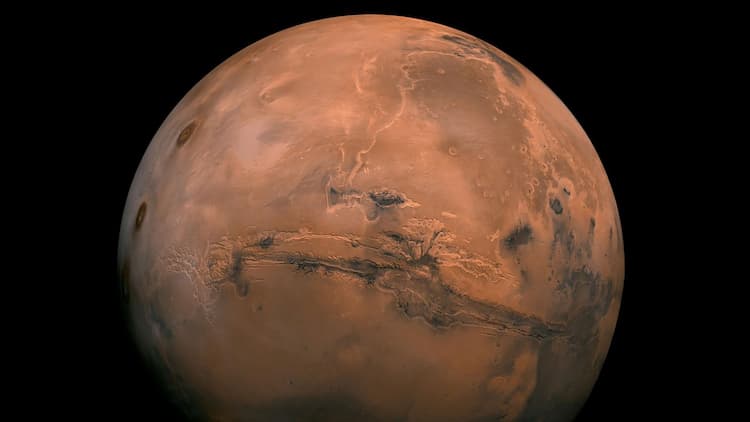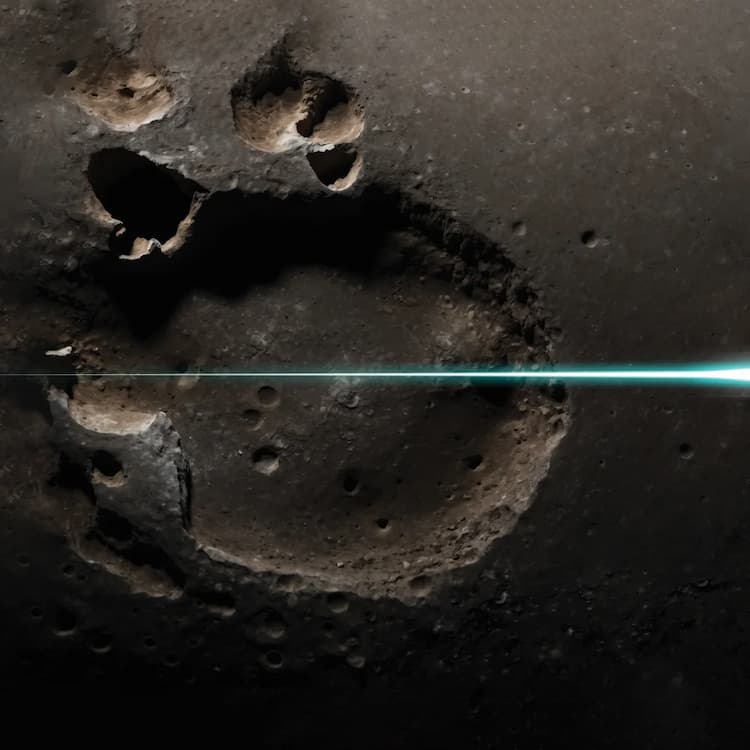The dream of humans setting foot on Mars has captivated imaginations for decades. We see the stunning images from rovers, hear about ambitious plans, and eagerly anticipate the day astronauts finally make that giant leap for interplanetary travel. But despite the enthusiasm and technological advancements, a crewed mission to Mars remains elusive. While funding and technological hurdles are often cited, the “real” reasons are far more nuanced and interconnected.
Beyond the readily apparent challenges, several critical factors contribute to the delay in sending humans to the Red Planet:

- The Immense Scale and Duration of the Mission: A crewed mission to Mars isn’t a short trip. It would involve a multi-year journey, including travel time to and from Mars, and a significant stay on the surface. This extended duration presents unprecedented challenges for human health, including prolonged exposure to radiation, the psychological effects of isolation, and the physiological impacts of long-duration spaceflight like bone density loss and muscle atrophy.
- The Extreme Martian Environment: Mars is a harsh and unforgiving world. The thin atmosphere offers minimal protection from radiation, the temperatures are frigid, and dust storms can engulf the entire planet. Ensuring the safety and survival of astronauts in such an environment requires robust and reliable life support systems, habitats, and protective gear that are still under development.
- The Logistical Nightmare: Sending humans to Mars requires launching massive amounts of cargo, including habitats, rovers, life support systems, food, water, and return fuel. The logistics of assembling and launching such colossal payloads, and ensuring their reliable operation over vast distances, are incredibly complex and expensive.
- The “One-Way Trip” Dilemma (Partially True): While NASA’s official plans involve a return journey, the sheer difficulty and cost of a round trip are significant. Some argue that the initial crewed missions might have to accept a higher risk or even consider technologies and strategies that could make a return incredibly challenging, although this is not the current official stance. The development of reliable in-situ resource utilization (ISRU) to produce fuel and supplies on Mars is crucial for sustainable missions but is still in its early stages.
- The Ethical Considerations: Sending humans on such a perilous journey raises significant ethical questions. The risk to astronaut lives is substantial, and the potential for unforeseen problems is high. Ensuring informed consent, providing adequate psychological support, and having robust contingency plans are paramount.
- The Need for Foundational Science and Technology: Before sending humans, NASA and other space agencies are prioritizing robotic missions to better understand the Martian environment, identify potential resources, and test technologies that will be crucial for human survival. This methodical approach, while time-consuming, is essential for ensuring the safety and success of future crewed missions.
- Global Collaboration and Political Will: A mission of this magnitude likely requires significant international collaboration and sustained political will across multiple administrations. Shifting priorities and funding uncertainties can impact long-term goals.

While the dream of boots on Mars remains very much alive, the “real” reasons for the current timeline involve a complex interplay of scientific, technological, logistical, ethical, and political considerations. NASA’s current approach focuses on a sustainable and safe pathway to Mars, recognizing that this ambitious endeavor requires careful planning, thorough research, and significant advancements across multiple fields. The journey is a marathon, not a sprint, and every robotic mission and technological breakthrough brings us closer to that ultimate goal.
What do you think is the biggest hurdle to sending humans to Mars? Are we right to prioritize safety and long-term sustainability, even if it means a longer wait? Share your thoughts on the future of Mars exploration in the comments below!

